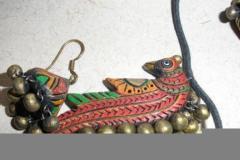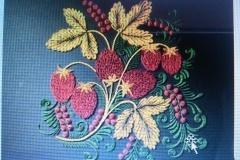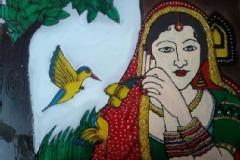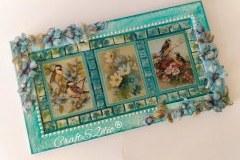Art is a bridge from distress to wellness. WHO has recommended the implementation of ART THERAPY in Education, Corporate and Health sectors. Art therapy is used as an intervening and remedial tool to improve quality of life for one and all.
Art therapy is psychosocial competency tool, when administered, can influence overall well being to everyone who believes and practices art as a therapy.
Art is a powerful tool in communication. It is now widely acknowledged that art expression is a way to visually communicate thoughts and feelings that are difficult to put into words.
Art an expressive tool enables in design thinking and creative problem solving in all settings of life. Art Therapy is used to encourage personal growth, increase self-understanding, and assists in emotional repair and has been employed in a wide variety of settings including to improve individual competency and success.
Art as a natural activity has therapeutic result in day to day life and when art when employed as a therapeutic tool can bring stability in mind, body and environment. It completes the cycle of thinking, feeling and acting assertively.
Art therapists can decode people and problems through art. They can help people overcome fears and failures, they can facilitate adults to overcome stress and face challenges. Art Therapy can help individuals resolve their unresolved conflicts and help them get going with life. Art Therapists have witnessed transformation, growth and achievement in people when art opens a window to their subconscious. Art is an effective tool and compliments the process of personal transformation when verbal communication is challenge due to various reasons. Art therapy is a form of therapy that encourages creativity and self-expression as vehicles to reduce stress, improve self-esteem, increase awareness and help remediate trauma. While many other forms of therapy depend on verbal language to express feelings and overcome personal obstacles, art therapy easily facilitates for abstract forms of communication. Art makes room for elements of the subconscious that perhaps are not yet ready or able to be verbalized come to the surface.
An individual need not have to be an artist to enjoy the benefits of art therapy. In fact, most of the exercises rely not on the final product you create but on the therapeutic, meditative ritual of the creative process.
















